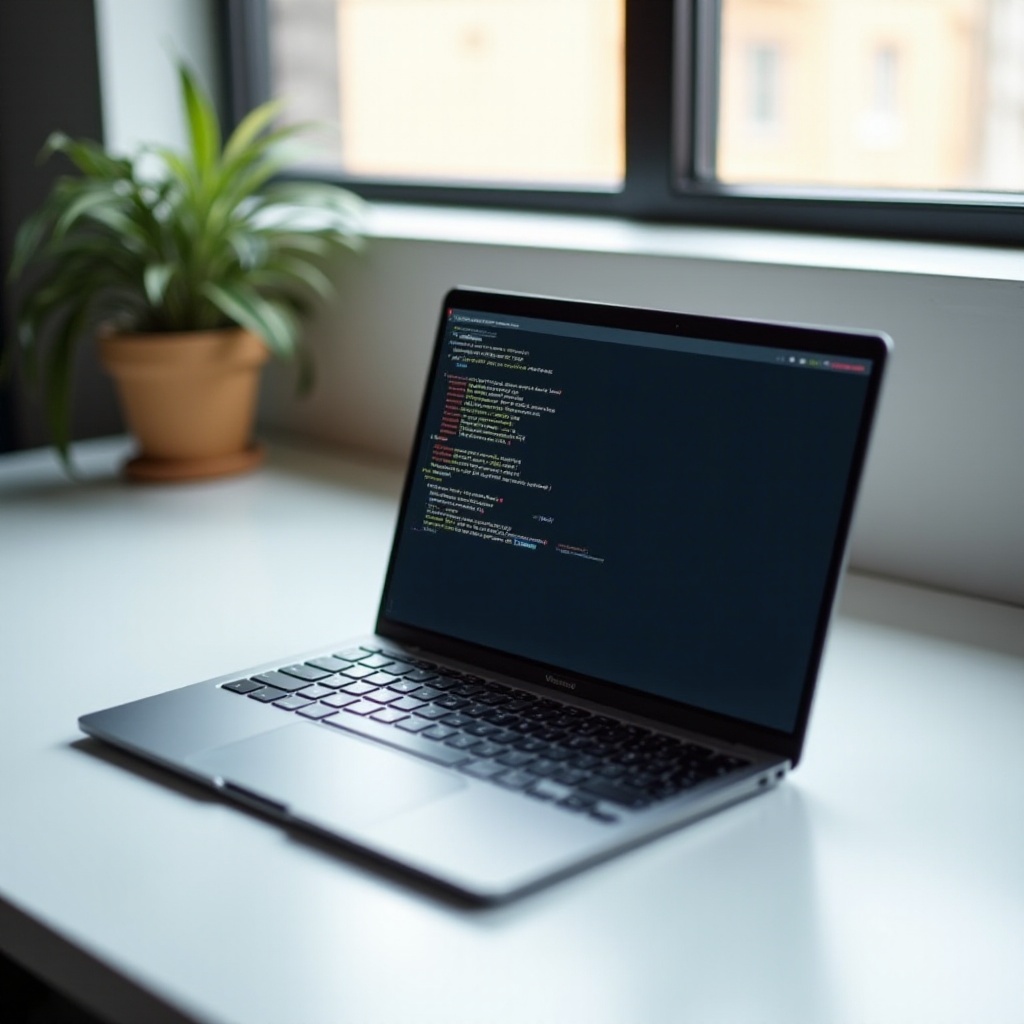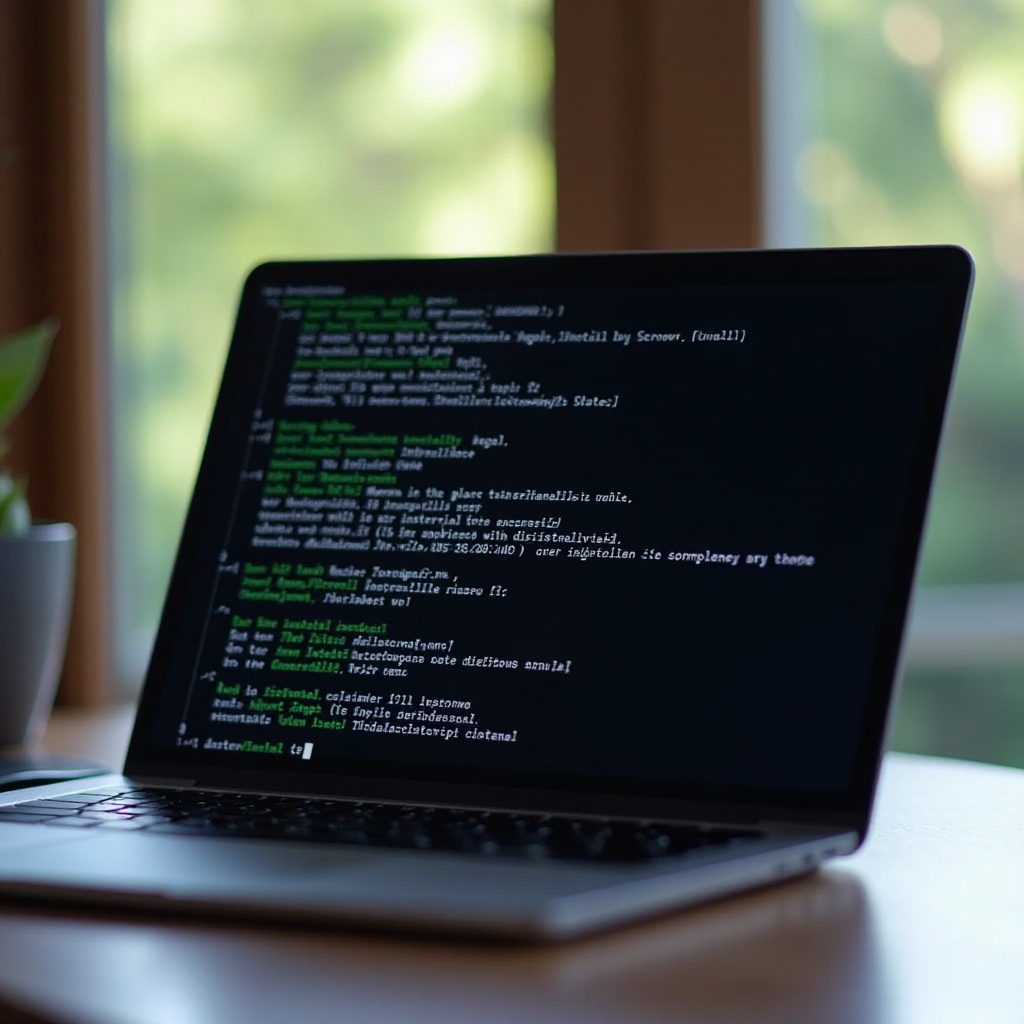Introduction
Running Windows PowerShell on a Chromebook may seem like a daunting task, but it’s entirely achievable. Whether you’re a developer, system administrator, or a tech enthusiast, incorporating PowerShell into your Chromebook workflow can significantly enhance productivity. The guide below provides a comprehensive step-by-step process to set up, install, and use Windows PowerShell on your Chromebook. We’ll cover everything from the initial setup to executing basic and advanced PowerShell commands, ensuring you have all the information you need to get started.

Setting Up Your Chromebook for PowerShell
Before diving into installing Windows PowerShell, you need to prepare your Chromebook to support Linux (Beta), previously known as Crostini. This feature enables you to run Linux applications and commands, including PowerShell.
-
Check Chrome OS Version:
Ensure your Chromebook runs Chrome OS 69 or later. You can check your version by clicking on your profile picture in the bottom right corner, selecting ‘Settings’, and then ‘About Chrome OS’. -
Activate Linux (Beta):
- Open ‘Settings’.
- Scroll down and select ‘Linux (Beta)’.
-
Click ‘Turn on’ and follow the on-screen instructions.
-
Set Up Linux Environment:
Upon activation, your Chromebook will install Linux and set up the environment. This process includes downloading files, installing the Linux terminal, and configuring settings.
These steps configure your Chromebook to support a Linux environment, laying the groundwork for installing Windows PowerShell.

Installing Windows PowerShell on Linux (Beta)
With Linux (Beta) enabled, follow these steps to install Windows PowerShell:
-
Open the Linux Terminal:
TypeCtrl + Alt + Tto open the Linux Terminal on your Chromebook. -
Update the Linux System:
Run the following commands to update your Linux system:
bash
sudo apt update
sudo apt upgrade -
Install Prerequisites:
Before installing PowerShell, install required packages:
bash
sudo apt-get install -y wget apt-transport-https software-properties-common -
Download and Install Windows PowerShell:
- Download Microsoft PowerShell package:
bash
wget -q 'https://packages.microsoft.com/config/ubuntu/20.04/packages-microsoft-prod.deb - Install Microsoft PowerShell package:
bash
sudo dpkg -i packages-microsoft-prod.deb
sudo apt update
sudo apt install -y powershell
Upon completion, Windows PowerShell will be installed on your Chromebook. To confirm the installation, you can start PowerShell by typing:
bash
pwsh
You should see the PowerShell prompt, indicating that the installation was successful.

Basic PowerShell Commands on Chromebook
With PowerShell installed, it’s time to explore basic commands that can enhance your overall functionality:
-
Get-Help:
powershell
Get-Help
This command provides assistance on other commands and scripts. -
Get-Command:
powershell
Get-Command
Lists all available PowerShell commands. -
Set-Location:
powershell
Set-Location /path/to/directory
Changes the current directory location. -
Get-Process:
powershell
Get-Process
Displays all running processes.
Practicing these commands can give you a solid foundation in using PowerShell on your Chromebook, making managing your system more efficient.
Advanced Usage Scenarios
Moving beyond basics, PowerShell offers extensive capabilities for advanced users:
- PowerShell Scripting:
- Compose and run scripts to automate tasks and processes.
-
Example script to list files in a directory:
powershell
Get-ChildItem -Path /path/to/directory -
Managing System Resources:
-
Use
Get-Serviceto manage services.
powershell
Get-Service -
Remote Management:
- Establish remote sessions using
Enter-PSSession.
powershell
Enter-PSSession -ComputerName <RemoteComputerName>
These advanced scenarios demonstrate PowerShell’s versatility and power, enabling more sophisticated system management tasks.
Conclusion
Running Windows PowerShell on your Chromebook opens up limitless possibilities for scripting, automation, and system management. By following this guide, you can efficiently set up, install, and make the most out of PowerShell on your Chromebook. Whether you are a novice or an advanced user, this approach will help you enhance productivity and leverage the full potential of your Chromebook.
FAQs
Frequently Asked Questions
Can I run all Windows PowerShell commands on a Chromebook?
Not all PowerShell commands will work on a Chromebook since some commands depend on Windows-specific features. However, most commands are supported and those designed to interact with the local system, file system, or network will typically work without issues.
What do I do if I face issues during installation?
If you encounter issues during installation, ensure your Linux system is properly updated. Check for any dependency issues and consult the official PowerShell GitHub page for troubleshooting advice. You may also consider reinstalling the Linux (Beta) environment and starting the process afresh.
Are there any limitations to using PowerShell on Chromebook?
Using PowerShell on a Chromebook has a few limitations. Some Windows-specific commands and modules may not function properly. Additionally, integrating PowerShell with other native Chrome OS features can be challenging. Despite these limitations, PowerShell remains a powerful tool for many system administration tasks and scripting needs on a Chromebook.
